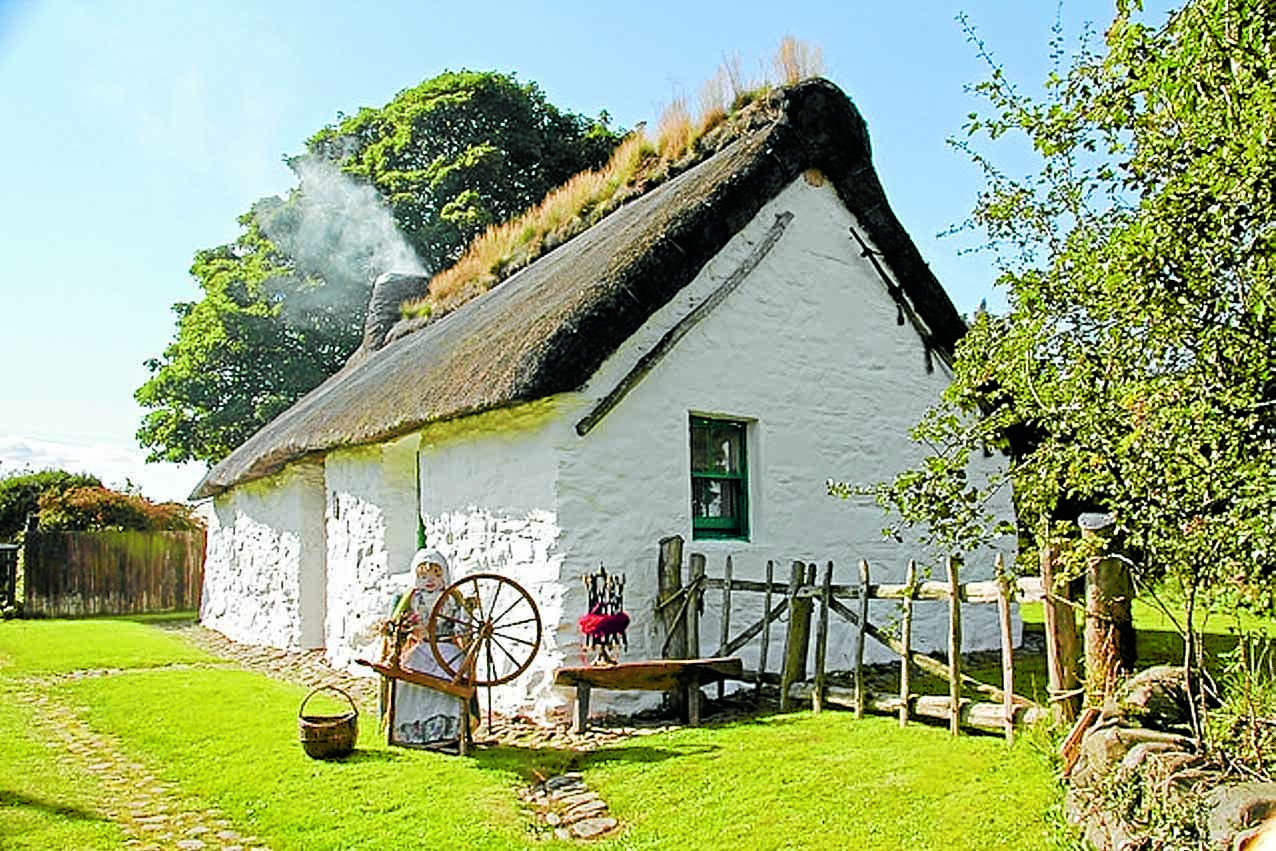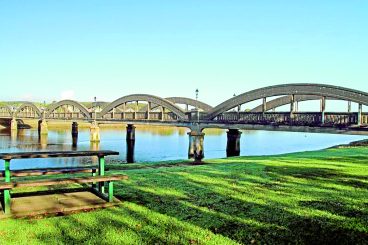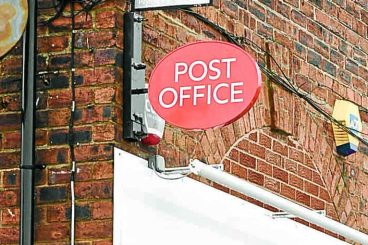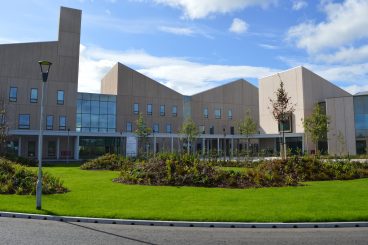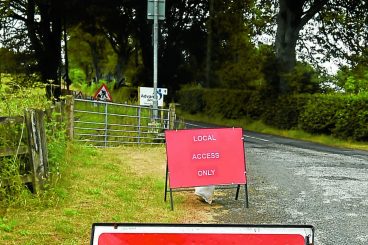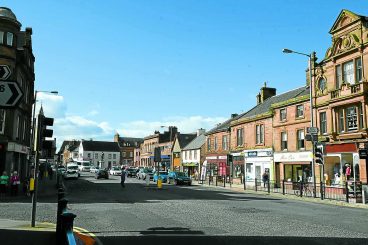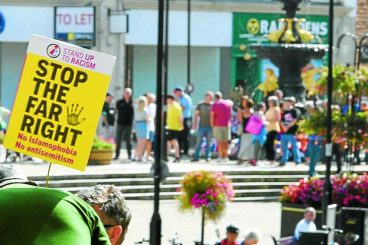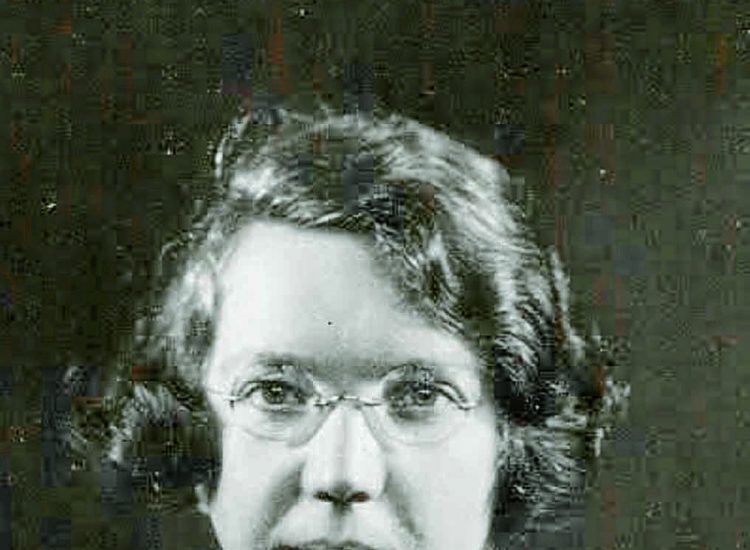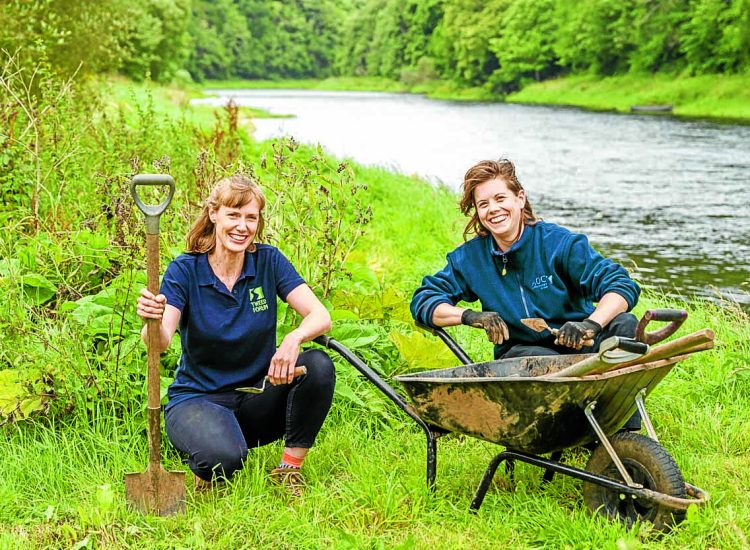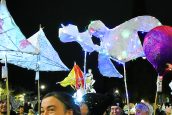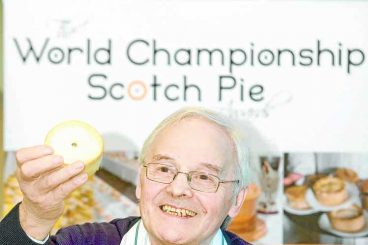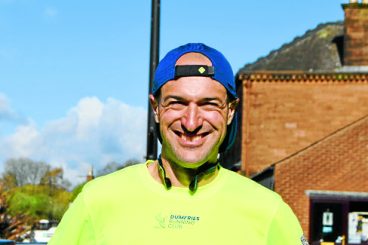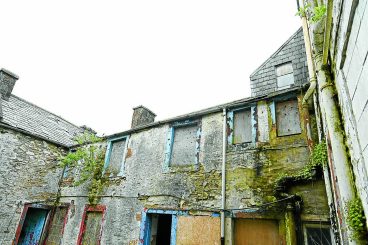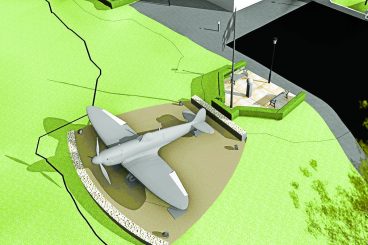TODAY marks 200 years since the birth of the world famous Scottish missionary from Torthorwald.
Dr John Paton was born on May 24, 1824, in a farm cottage at Braehead, Kirkmahoe.
One of 11 siblings, he moved into the cruck cottage in Torthorwald when he was five-years-old with his parents.
After growing up, Dr Paton went to the New Hebrides island of Tanna to preach the gospel.
The locals there were cannibals, they went about naked, with painted faces and spears. Paton converted them to Christianity, although many attempts were made on his life.
His young wife Mary Ann Robson died in 1859 shortly after her baby son Peter John. Dr Paton had to sit and guard their graves for two weeks to prevent the bodies being dug up.
In the year 1866 John picked up a coconut on the beach and hollowed it out to make a collection box, the item eventually made its way to Glasgow and was used for 70 years to collect donations in churches. In early May 2019, it came up for auction in Edinburgh and was sold for £938.
He died in about 1907, aged 82, while living in Victoria, Australia where he is buried.
A Los Angeles man – James Gray Rough, born at Kilbarchan, Renfrewshire, in 1892 – was very religious and in the export and import business doing a lot of work in Polynesia.
While on the islands, he heard so much about Dr Paton that on his arrival back in LA he decided to visit where Paton had lived at Torthorwald.
When he arrived in 1966 he was disappointed to find that such a famous man was not recognised locally.
On the way over he had planned to erect an arch gateway at Dr Paton’s house in the shape of an open bible. But he found it had been demolished 19 years before.
So, he paid £1600 to get the gates made at Torthorwald Church. For the opening of the church gates – on October 8, 1967 – he chartered an aircraft from Los Angeles to Prestwick for 40 guests. They came over and stayed in the Cairndale Hotel, all expenses paid by Rough.
Torthorwald school teacher Mr Wharton also had his pupils write about local life in the village. These stories were compiled into a book, of which 2000 copies were bought: 1000 for America and 1000 for children in Scotland.
The Cruck Cottage Heritage Association are currently on the hunt for a surviving copy.
n ONE of Dr Paton’s brothers William – born in the cruck cottage, above, in 1839 – joined the Navy before becoming an elephant keeper for Prince Albert the Prince of Wales, Queen Victoria’s son.
William and the elephant had been on a ship for 18 months and eventually landed in Plymouth.
The animal was to be taken to Sandringham by train. On the way it became restless and William, who had entered the carriage, was crushed to death.
It was later taken to Ireland where it again killed its keeper.





